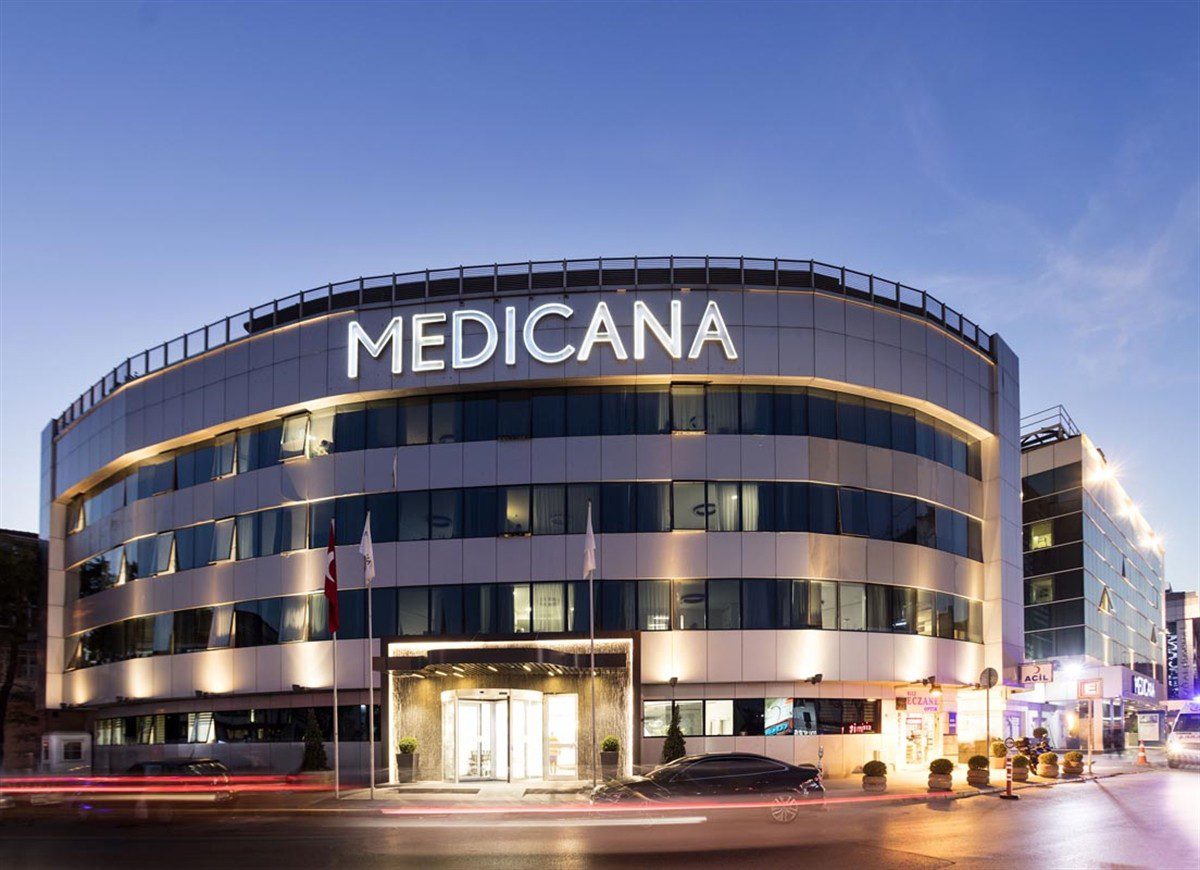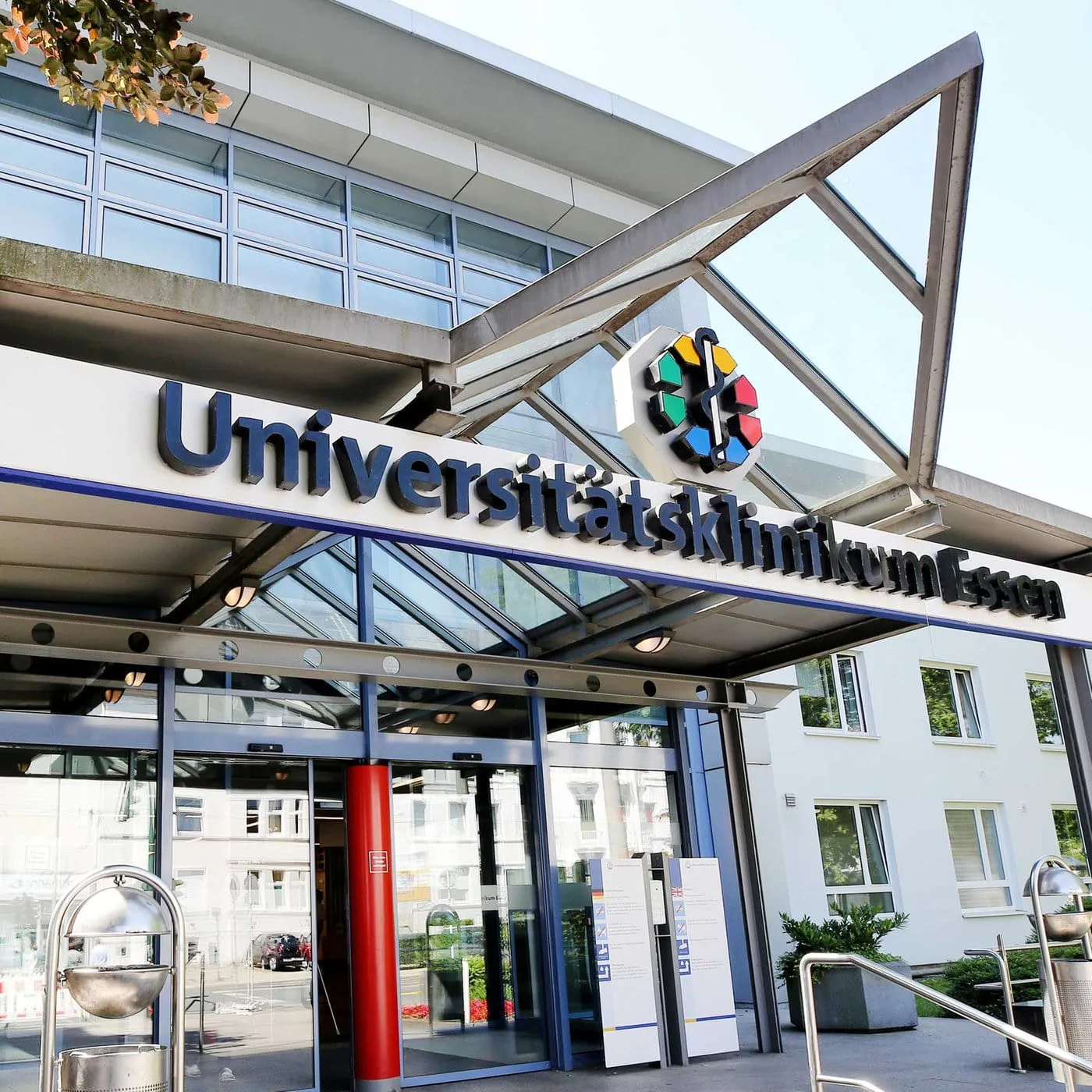Causes of Parkinson’s disease. Therapy Methods
Parkinson’s disease is a degenerative cerebrum pathology developed in old age. Disease worsens the condition of individual parts of the organ, causing slow movements, tremors, problems with balancing, and so on.
Parkinson’s disease, the affected brain part becomes less functional, causing more complex symptoms later on. Pathology has a negative impact on muscle operation and sensory perception, thinking capability, human psyche and much more.
Parkinson’s disease causes
Plenty of risking pathology points is determined – radiation exposure and chemically processed foods consumption. Nevertheless, the only clinically established base of Parkinson’s disease is genetic factors. In the genetic condition absence, doctors define pathology as “idiopathic.”
- Illness can have “roots” in a family history – disease passes to a person from parents – 10% of all cases.
- Idiopathic pathology – disease develops due to problems with protein α-synuclein proceeding. If individual protein structures are misshaped, protein misfolding occurs – organism is unable to use or split them.
Parkinson’s disease symptoms
Signals connected with motor skills.
- Slow moving – limb weakness due to muscle control difficulties; significant strength loss.
- Tremor in a calm state – rhythmic muscles twitching in a calm position – approximately 80% of pathology presence.
- Rigidity during movings – motor apparatus elasticity lacks.
- Combination of tremor and previous things.
- Unstable back position or gait – motor functions slowing down and stiffness provoking stoop.
Additional symptoms list.
- Rare unusual blinking.
- Illegible handwriting.
- Saliva flows from the mouth – muscles control inability.
- Mask-like face expression – face doesn’t change at all or show minor changes.
- Problems with swallowing functions – high likelihood of pneumonia or suffocation developing.
- Too soft voice.
Non-motor symptoms
- Low blood pressure upon waking, gastrointestinal disturbances and sexual dysfunction.
- Depressive state.
- Smel loss.
- Poor sleep and nervous eyes and limbs twitching.
- Concentration challenges.
Parkinson’s disease diagnosis and treatment
If the pathology development is suspected, specialists prescribe the following studies:
- blood test;
- CT;
- genetic tests;
- MRI;
- lumbar puncture – misfolded protein determination.
- skin biopsy and superficial nerve tissue examination.
There’s no Parkinson’s disease treatment, but options for dealing with its manifestations exist. Preferably, meds are assigned performing following actions.
- Increasing dopamine levels.
- Metabolism inhibitors – slowing the levodopa processing in organisms. These drugs must be used carefully as they can be toxic and harm the liver.
- Adenosine blockers – preventing certain cells from using adenosine.
Deep brain stimulation
In the past, surgery could deliberately scar the brain area ceasing to function normally due to pathology. It can now be done with deep stimulation with implanted devices to transfer small electrical shocks.
Main technique advantage is its reversible nature, but deliberate scarring is not. This therapy approach is allowed for the later pathology development.
Experimental methods
Commonly used experimental treatments for Parkinson’s disease:
- stem cell transplantation – damaged neurons replacement with new;
- harmed neurons restoration and stimulation of the new ones formation;
- gene modification – main goal is to rid the organism of mutations causing pathology.
These methods increase other therapies effectiveness.










